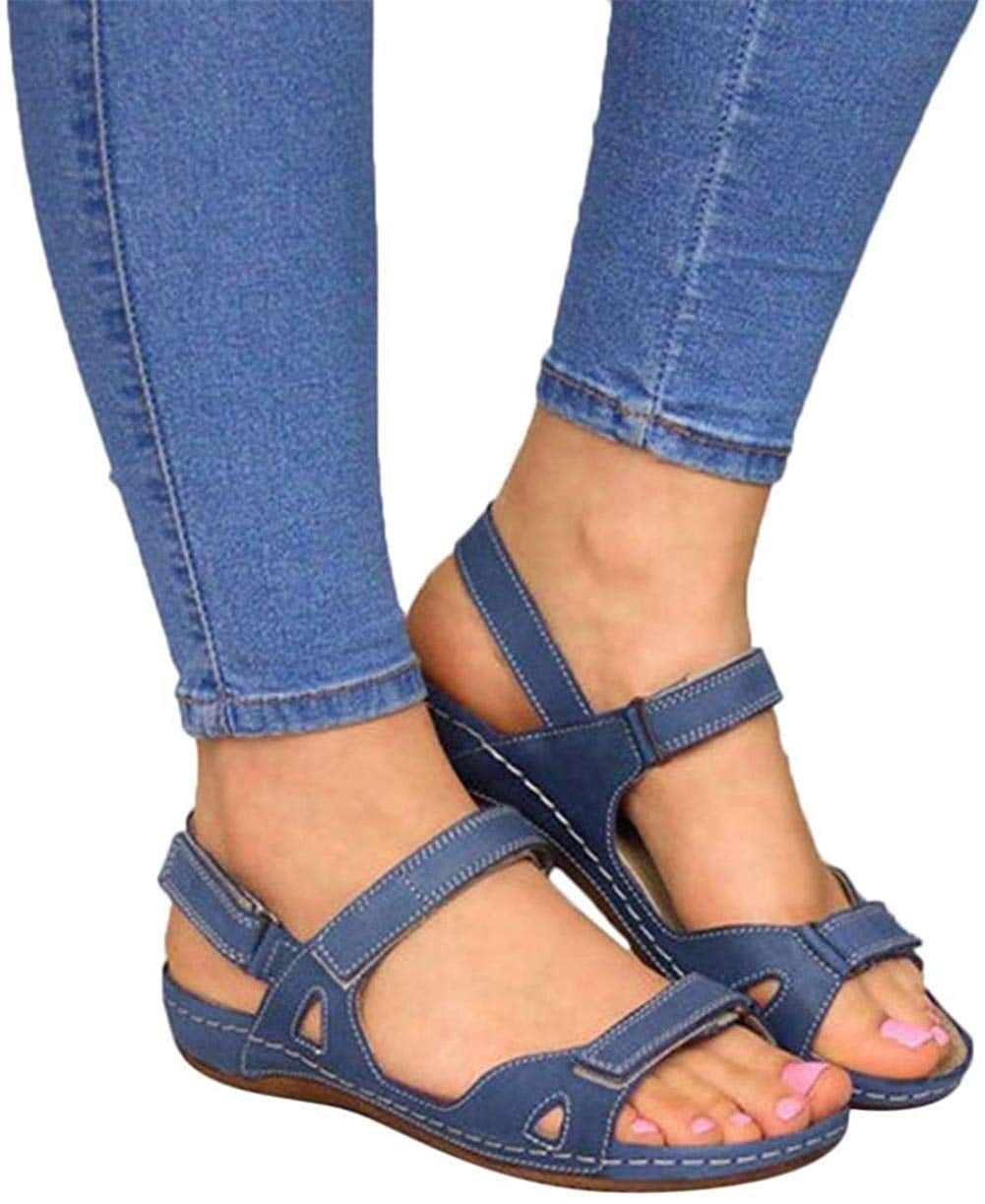
Lace-up styles or ones with adjustable straps or buckles are good choices if you need to make allowances for an orthotic device. If the shoe is flat, you can place your orthotic directly over top of the insert if it does not make the shoe fit too tight.

You will be less likely to encounter fit problems by removing the insole, as well as any arch supports, felt or rubber additions before inserting any orthotics into the shoe. It will also mean that your heel will fit deeper into the heel counter much better. This feature will allow the orthotic to sit deeper inside the shoe and will give it a solid base. At Wide Fit Shoes, we carry a number of styles for men and women which are compatible with orthotics. A standard pair of shoes may not be the right choice when you wear a corrective device. It can be a bit challenging to find footwear that is compatible with orthotic inserts. Once it is placed in a shoe, it reduces pressure on the wearer’s foot. This is a soft pad that is filled with squeezable materials that can be placed under the ball of the foot. Heel FlaresĪ heel flare is inserted into a shoe to resist turning inward or outward and to provide stability to the foot. They also prevent the hind foot from sliding down the incline created by the wedge. Heel wedges are used to encourage the front foot to either turn inward or outward when taking a step. It also reduces knee movement in the wearer. Cushioned HeelĪ cushioned or SACH (Solid Ankle Cushioned Heel) heel is a wedge of compressible rubber that is placed into the heel of a shoe to reduce impact when the wearer takes a step. Braces can be either have a flexible or rigid design, depending on the desired result. Some people with a foot drop or arthritis can also find them helpful. AFOs are a common type of orthotic device, and they are sometimes called braces.ĪFOs or braces may be recommended for people who have suffered a stroke or who need support for a weakened or wasted limbs. It is used to compensate for weakness or a deformity in the joint. Ankle-foot OrthoticsĪnkle-foot orthotics, or AFOs are made to control either your ankle’s position or motion. They are used for relief of minor foot pain and to correct minor problems with the foot. Accommodative orthoticsĪccommodative orthotics are devices like braces and splints.

They also help with absorbing shock when you are either walking or running. Usually made of plastic, they are useful for treating conditions like flat feet. Functional orthoticsįunctional orthotics are made to support an abnormal foot structure or form of movement. Orthotics fall into two different categories: functional and accommodative types.


 0 kommentar(er)
0 kommentar(er)
